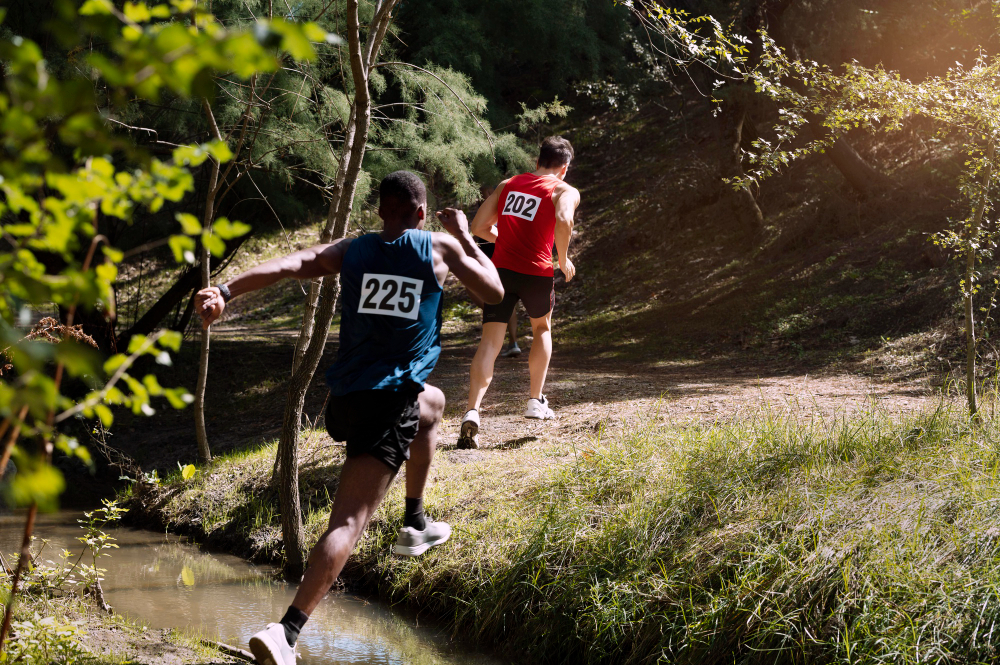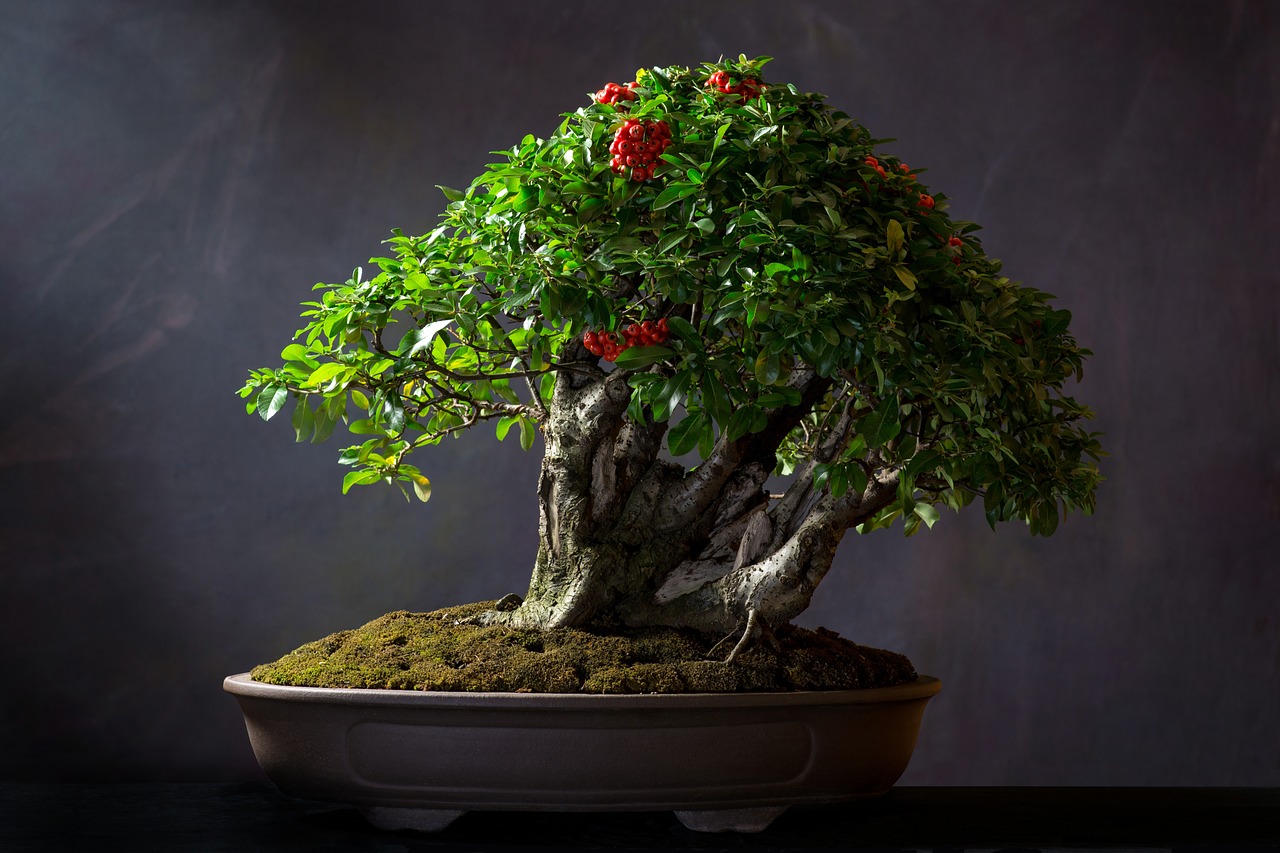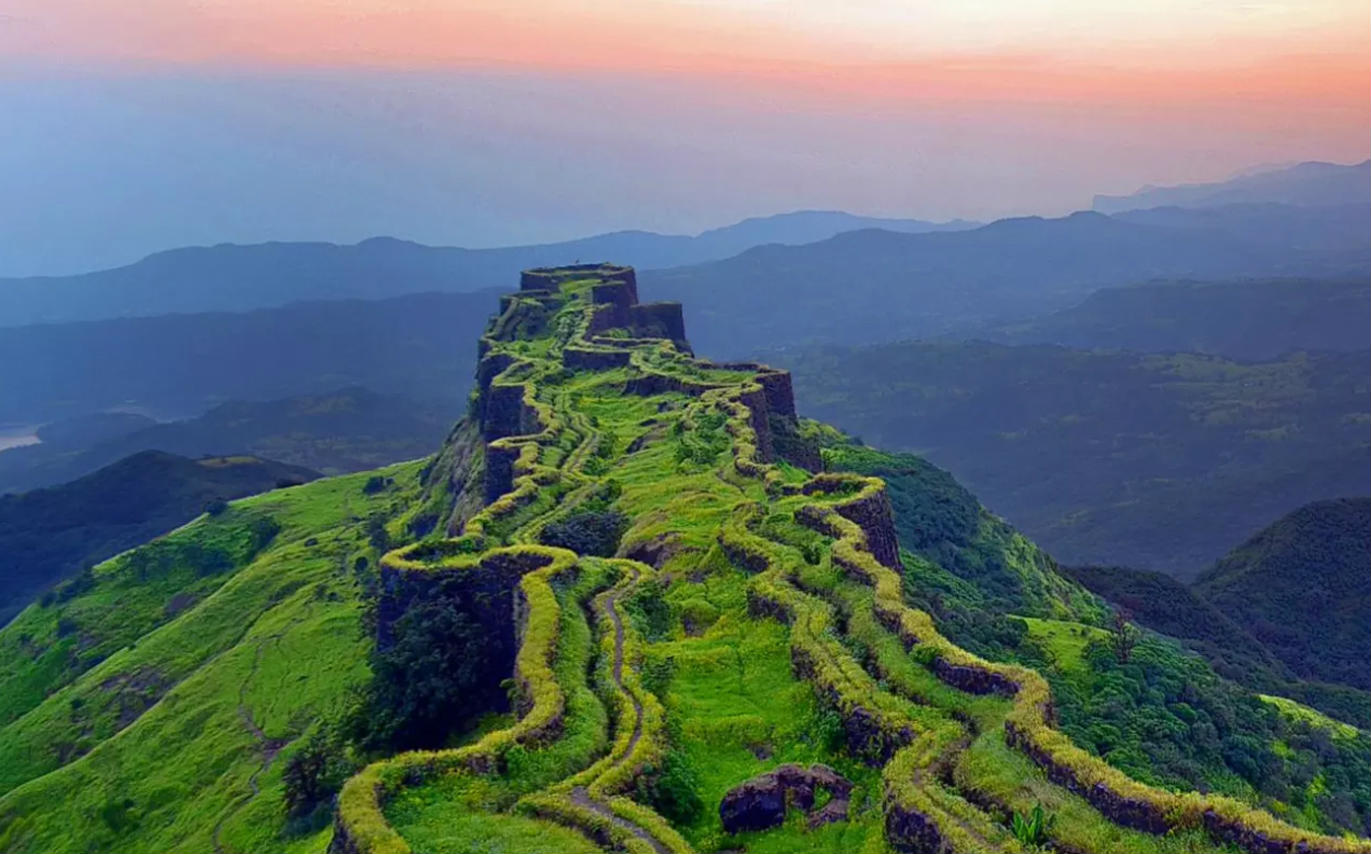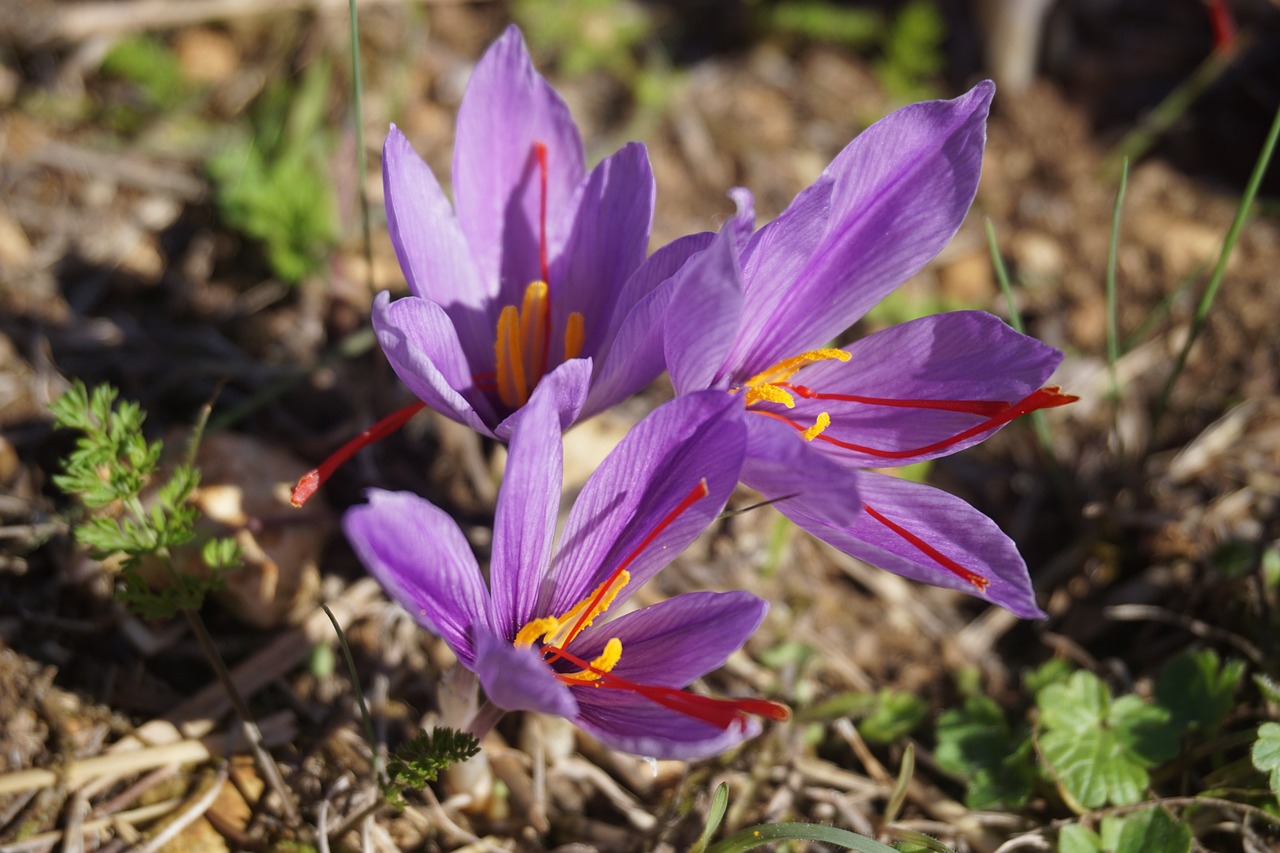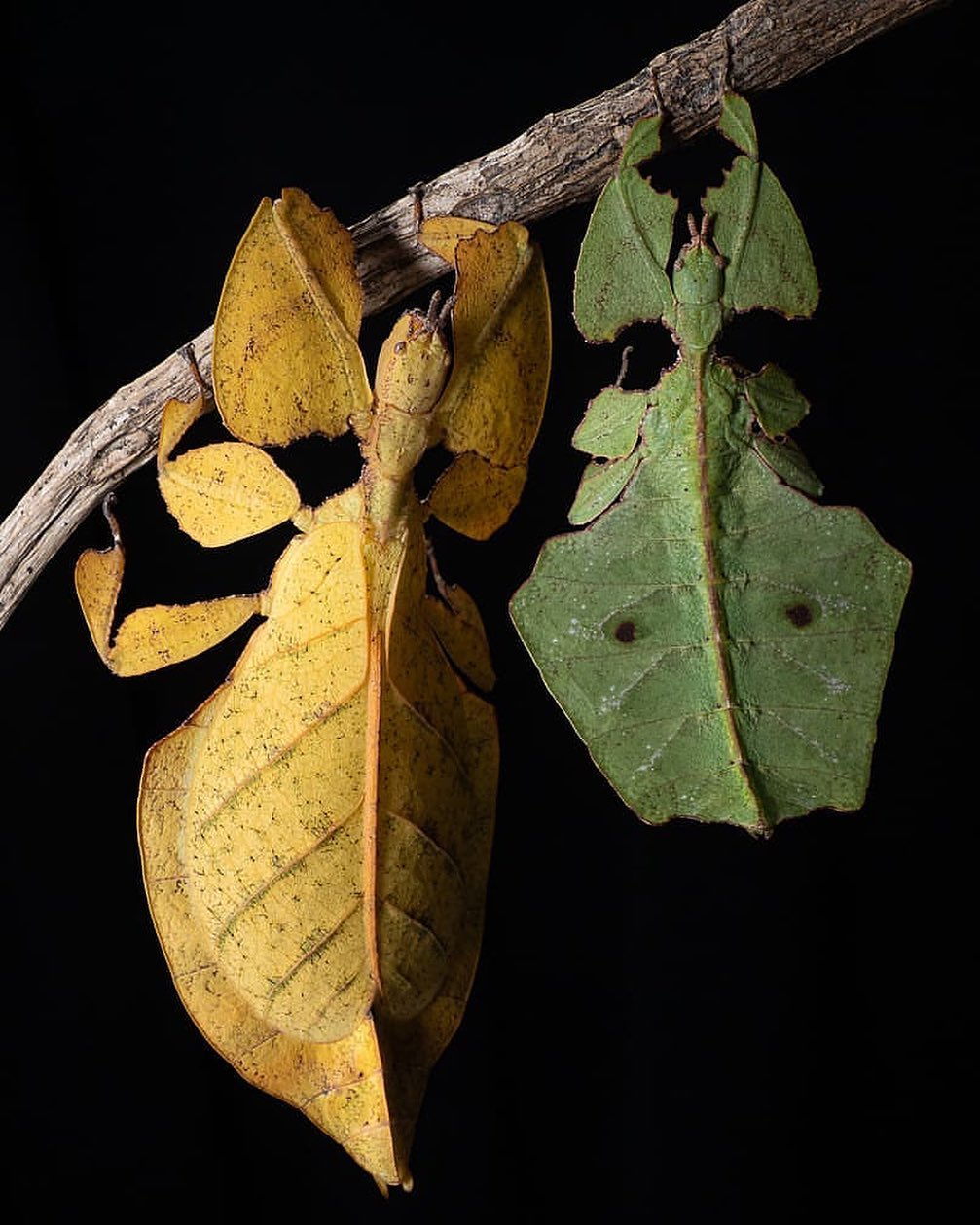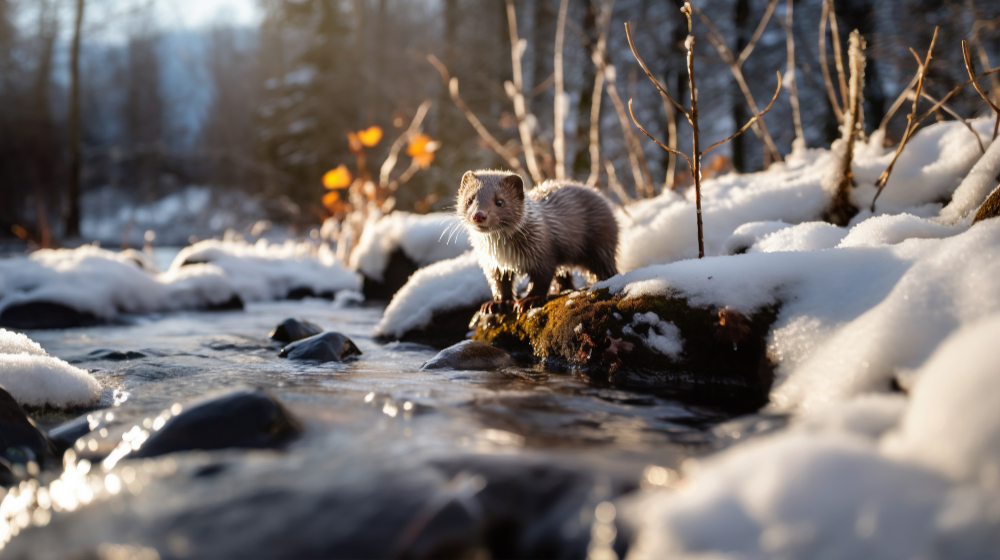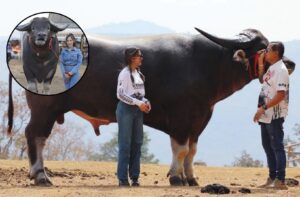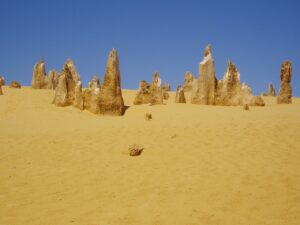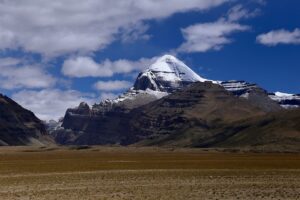 Pin
Pin Photo by takahiro taguchi from pexels
Something weirdly magical happens when you leave the pavement behind. You unzip a tent, and it’s not just nature—it’s a whole shift in the way your brain works. For once, no alarms, no glowing screens, no endless noise. You feel things again. That’s probably why so many people start by googling how to do camping and end up chasing that peace for years.
In Japan, this hits harder. You camp near misty mountains or in forests so quiet it feels unreal. The trees seem older. The lakes reflect more than just light—they reflect your thoughts. It’s the kind of peace cities can’t fake. Even if you’re not “outdoorsy,” Japan’s camping scene makes you curious.
You don’t need to be an expert. Just a tent, a basic checklist, and a need to feel something real. That’s enough. That’s how camping starts—quietly. And then it grabs hold of you.
Table of Contents
🎒 How to Do Camping — The Real Beginner’s Gear List
Most people overpack or bring the wrong stuff when they first look up how to do camping. It’s easy to get caught up in fancy gadgets, but the truth is—you don’t need much to start. What matters is what keeps you dry, warm, and fed. That’s it. Forget ten Instagram-perfect things. Focus on five solid ones.
Start with a tent that actually works for the weather—rainproof if you’re camping in Japan, especially around spring or early autumn. A sleeping bag rated for the right temperature is your second best friend. Don’t skip a sleeping pad. It doesn’t sound like much, but trust me, your back will thank you.
Then comes your cooking setup: a portable stove, fuel, a pot, and a spork. Bring snacks, quick meals, and clean drinking water. A headlamp or flashlight with spare batteries can make the difference between a cozy night and total chaos.
You don’t need to be perfect—just practical. That’s how great camping starts.
⛺ Picking the Right Spot — Why Japan is a Camper’s Dream
Finding the right place is half the adventure. In Japan, the landscape gives you choices that feel straight out of a dream. Once you understand how to do camping right, choosing the right location becomes the fun part. Japan’s geography is packed with everything—mountains, beaches, forests, and volcanic hot springs—all within reach by train or bus.
If you’re into peace and privacy, head to Hokkaido. The north has massive open spaces, starry skies, and almost no crowds. For first-timers, Nagano and Yamanashi prefectures near Mt. Fuji offer easy access, clean campgrounds, and stunning views. Want to wake up to ocean waves? Try the Noto Peninsula or Wakayama.
Japan also makes camping friendly even for beginners. Many sites are well-kept, affordable, and even have hot showers or vending machines nearby. Some are totally free. What makes Japan different is how deeply nature and culture mix—you’re not just camping; you’re living inside a storybook.
Great camping starts with a great spot. Japan overdelivers.
🔥 Campfire Vibes — Cooking & Bonding Outdoors
You haven’t really camped until you’ve cooked something over a fire. It’s not just about the food—it’s the feeling. Figuring out how to do camping includes learning how to slow down and appreciate the little rituals, and cooking is one of the best ones. Japan adds a twist to it with regional flavors you can easily pack: rice balls, instant miso soup, yakitori skewers, or even pre-marinated BBQ meat from a local konbini.
Most official campsites in Japan allow fire pits or have shared cooking areas. If you’re wild camping (which is technically legal only in specific places), bring a compact stove or make sure you follow fire safety rules strictly.
Sharing food at a campsite hits different. It turns strangers into friends, friends into something deeper. There’s laughter, stories, and that rare silence where everyone’s just grateful to be there. Some campers even carry a small foldable table and lantern just to create that warm dining zone.
Cooking outdoors isn’t just survival. It’s memory-making.
🌧️ What to Carry for Unexpected Weather in Japan
One of the most underrated parts of how to do camping is preparing for bad weather. In Japan, even a sunny forecast can flip in hours—especially in the mountains or coastal areas. If you’re not ready for that, your trip can go from dreamy to drenched real fast.
Pack a lightweight but solid rain jacket, not just a cheap poncho. It should breathe, or you’ll feel like you’re sweating in a plastic bag. A waterproof backpack cover or dry bags are gold when sudden rain hits. Even your phone and snacks need protection. Most first-timers forget extra socks—don’t be that person walking around in soggy ones.
Tarps are lifesavers. One under your tent to block ground moisture. Another above to give you a dry cooking or sitting area. Cold nights? Layer up. Thermal innerwear takes almost no space but adds major warmth. Gloves and a beanie help way more than you’d expect.
Good weather feels like luck. But smart packing makes sure bad weather doesn’t ruin your entire trip.
🗺️ Japan’s Best Camping Locations You’ll Never Forget
Once you get the hang of how to do camping, the real fun is finding places that make your jaw drop. Japan is full of them. These aren’t just pretty views—they’re places that feel personal, like they were waiting for you. You’ll remember how the wind smelled, how the mist moved, and how everything felt slower.
Lake Motosu near Mt. Fuji is iconic. Waking up to the reflection of Fuji on still water? Unreal. If you like forests, try Shirakami-Sanchi in northern Honshu—it’s a UNESCO World Heritage site with deep green trails and quiet campsites. Want something tropical? Head to Yakushima Island. Ancient cedar trees, waterfalls, and wild monkeys. It feels like camping in another world.
Japan even offers quirky sites like treehouses, riverside hammocks, and “glamping” spots for beginners. But even the simplest locations—like a riverside site in Gifu or a mountain hut zone in the Alps—feel legendary.
Pick your vibe: calm lake, mystical forest, or rugged coast. Japan’s got it all.
🧭 Wild Camping in Japan — What You Should Know First
So you’ve read about how to do camping, but maybe the idea of pitching your tent far from others sounds like a real adventure. Wild camping can be amazing in Japan—but it comes with rules, risks, and real responsibilities. It’s not illegal, but it’s not openly allowed everywhere either. The general rule? Don’t camp on private land, protected areas, or near shrines and temples.
Instead, look for remote areas in national forests, riverbanks, or mountain trails. Places like Shikoku or northern Hokkaido offer vast wilderness that’s ideal for solo or stealth campers. Still, you should always check local signs and ask locals if you’re unsure. Japanese people are usually kind and helpful—but also big on respect and cleanliness.
Leave no trace. That’s not just a phrase here—it’s a cultural expectation. Pack out your trash. Keep noise down. And please don’t light a fire in areas where it’s not allowed.
Wild camping in Japan can be next-level peaceful—if you do it right.
🛠️ Simple Tips to Make Camping Easier and More Fun
Knowing how to do camping is one thing, but making the experience smooth and enjoyable is another. Small hacks can turn a frustrating night into a cozy memory. For starters, practice setting up your tent at home or in a park before the real trip. It saves so much time and stress.
Pack a few things that aren’t “official gear” but make life better. A small multi-tool, duct tape for quick fixes, and ziplock bags for keeping electronics dry can be lifesavers. Bring a lightweight camp chair or foldable stool—it feels luxurious when you’ve been sitting on the ground all day.
Don’t forget entertainment! A deck of cards or a small speaker to play chill tunes while cooking or relaxing adds to the vibe. Lastly, plan your route and share your location with a friend, especially if you’re new to camping or heading into remote areas.
These little things keep your trip fun, safe, and unforgettable.
🌌 Nighttime Magic — What Happens When You Camp Under the Stars
There’s a reason so many campers say nights are the best part. When you learn how to do camping properly, you realize the night is not just about sleep—it’s about experiencing a different kind of quiet. In Japan, with low light pollution, the sky explodes with stars. It’s a breathtaking show you don’t get in cities.
Sitting outside your tent with a cup of warm tea or soup, watching shooting stars streak across the sky, it hits you how tiny your daily worries are. The air feels colder, the sounds sharper—the distant call of owls, rustling leaves, or maybe a gentle river nearby.
Many campers say these moments create a deep calm that stays with you even after the trip ends. To make it special, pack a good flashlight with red light mode, a warm blanket, and maybe a notebook to jot down thoughts or sketch. Night camping isn’t just about darkness—it’s about finding peace.
🌄 After the Trip — How Camping Changes You for Good
Camping isn’t just an escape; it leaves a mark. Once you know how to do camping well, the trip’s over but something inside shifts. You start noticing details in everyday life—the smell of fresh air, the sound of birds, even the taste of simple food.
Many people come back with a new appreciation for calm and patience. Your phone feels less urgent. Problems seem smaller. You might find yourself daydreaming about the next trip before you even unpack. Camping teaches a kind of quiet confidence. You learn to trust your instincts and gear, and that feeling sticks.
Japan’s natural beauty combined with the simple act of camping makes this effect even stronger. It’s like the wildness stays with you, giving you a reminder that life can be slower, simpler, and richer.
Camping changes you—if you let it.
FAQs
For beginners, the must-have items include a weatherproof tent, a sleeping bag rated for local temperatures, a sleeping pad, portable cooking gear, and enough food and water. Also, pack rain gear and layers to handle Japan’s changing weather.
Yes, places like Nagano, Yamanashi, and near Mt. Fuji are beginner-friendly. These sites usually have facilities such as restrooms, running water, and easy access. They’re perfect for learning how to do camping without getting overwhelmed.
Wild camping is allowed in some remote areas but not everywhere. It’s important to respect local rules, avoid private or sacred land, and always practice “leave no trace” principles to keep nature pristine.
Spring and autumn offer comfortable temperatures and beautiful scenery, like cherry blossoms or fall leaves. Summer can be hot and humid, while winter is cold but perfect for those prepared with proper gear.
Always check the weather forecast, inform someone about your plans, carry a first-aid kit, and respect wildlife. Also, follow campsite rules and avoid making open fires in restricted zones to ensure a safe, enjoyable experience.

